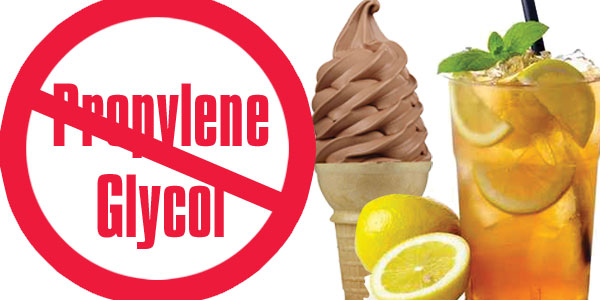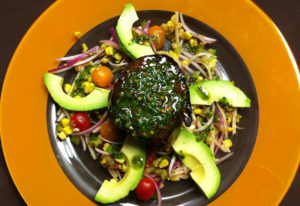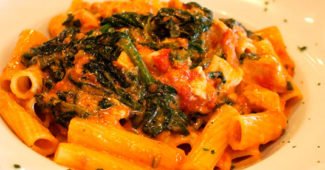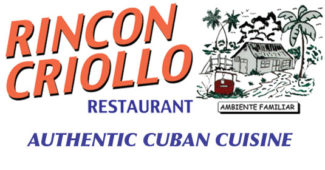 |

Paul A. Lauto, Esq. received his Juris Doctor from New York Law School in 1990. In 2002 Mr. Lauto established Paul A. Lauto, PLLC (Now located at 565 Route 25A, Suite 207, Miller Place, NY 11764; (631) 928-1430; www.liattorney.com), with a
primary concentration on personal injury, all types of accident cases and more.
|
|
Propylene Glycol (PG) is a colorless and odorless chemical compound commonly found in anti-freeze. It is also commonly found in ice cream, cake mix, flavored ice teas, soft drinks, icings, salad dressings, processed foods, food flavorings, cosmetics, shampoos, conditioners, lotions, deodorants, baby wipes, dog food and more. PG is used at different strength levels in different products and is in part used in food to help prolong shelf life. It is also used in food to maintain flavor, moisture and texture. In that PG is widely considered to be a toxin, it is generally banned from use in food in the European Union. In the United States however, the omniscient FDA says it is safe.
The FDA maintains that it is safe for the American people to ingest PG at the "low" levels used in our food. The FDA also says it is safe in dog food, despite several class action law suits claiming that PG has caused illness or death in thousands of dogs. Ironically, the FDA has declared PG to be unsafe in cat food and has actually prohibited the use of PG in cat food. Apparently PG in cat food was found to result in a disorder called Heinz body formation. Heinz body formation was found where small protein clumps developed in red blood cells, with long term cellular damage. In humans the side effects of PG may include conjunctivitis, rash, irritation, burning, and possible organ and central nervous system damage. Notwithstanding, the FDA maintains that the low levels of PG in our food, in and of itself, does not pose a significant threat to our health. That's almost tantamount to saying that eating a little bit of poison won't kill you. One thing is for sure, eating a small amount of poison or something that is toxic is certainly not good for you.
Even if we accept the premise that the levels of toxicity of PG in our food are too low in and of itself to cause any real harm, what about everything else? Almost all of us are exposed daily to some level of toxicity from the food we eat, the water and other beverages we drink, the mattress we sleep on, the soap and detergents we use, the clothes we wear, the home we live in, to the air we breathe. After all, it is the cumulative effect of all our toxic exposure that leads to poor health.
Many of these things are unavoidable and beyond our control in today's modern world. In consideration of that fact, perhaps the FDA should take a page out of the European Union's book and focus on what we can control. We can and should control what we allow to be in our food and not sacrifice the health of the American people in the name of profits derived from longer shelf life. The old computer maxim remains true to this day, in that if you put garbage in you will get garbage out.
|













 20 lucky winners will win $500 each in prizes totaling $10,000.
20 lucky winners will win $500 each in prizes totaling $10,000. 